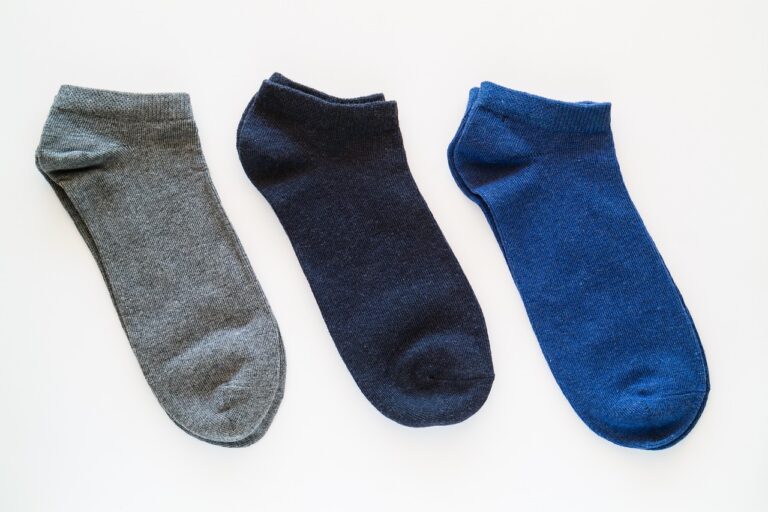Sustainable Fashion Technology: Innovations in Textile Recycling, Virtual Fitting Rooms, and Supply Chain Transparency Solutions
Sustainable fashion initiatives have been gaining momentum in recent years, with textile recycling emerging as a key focus area. The concept of recycling textiles involves finding innovative ways to repurpose old garments into new products, thereby reducing waste and minimizing the industry’s environmental footprint. In response to the growing global concerns over textile waste, various organizations and brands have been implementing creative solutions to promote circularity within the fashion industry.
One effective approach to textile recycling involves converting old clothes into raw materials for new garments through processes such as mechanical recycling and chemical recycling. Mechanical recycling involves breaking down used textiles into fibers that can be spun into yarns for new fabrics, while chemical recycling utilizes advanced technologies to break down fibers into their molecular components, which can then be used to create virgin-quality textiles. These methods not only help reduce the volume of textile waste ending up in landfills but also play a significant role in conserving resources and reducing the overall environmental impact of the fashion industry.
Virtual Fitting Room Advancements
Virtual fitting rooms have revolutionized the way consumers shop online, providing a more immersive and personalized experience. By utilizing augmented reality technology, customers can virtually try on clothing items in real-time without the need to physically visit a store. This advancement in technology not only enhances the shopping experience but also reduces the likelihood of returns, as customers can better visualize how the clothing will fit them.
Furthermore, virtual fitting rooms have the potential to cater to a wider range of body types and sizes, promoting inclusivity and diversity in the fashion industry. This technology allows individuals to see how a garment will look on their specific body shape, empowering them to make more informed purchasing decisions. As virtual fitting rooms continue to evolve, they are expected to play a significant role in shaping the future of online shopping and enhancing customer satisfaction.
Transparency in Fashion Supply Chains
Fashion supply chains have long been shrouded in secrecy and complexity, making it challenging for consumers to understand the journey of their clothes from production to purchase. However, with the increasing demand for transparency in the fashion industry, brands are feeling the pressure to disclose more information about their supply chains. This shift towards transparency is paving the way for greater accountability and sustainability in the fashion world.
By shedding light on the processes involved in making clothes, brands can empower consumers to make more informed choices about the products they buy. Transparency allows customers to align their values with their purchases, supporting ethical and environmentally conscious practices within the industry. As more brands adopt transparent supply chain practices, the fashion industry as a whole is moving towards a more sustainable and responsible future.
What are some textile recycling solutions available in the fashion industry?
Some textile recycling solutions include upcycling old clothing into new garments, donating clothes to charity, and utilizing innovative technologies to break down and repurpose fabrics.
How are virtual fitting room advancements changing the way we shop for clothing?
Virtual fitting room advancements use augmented reality to allow customers to virtually try on clothes before making a purchase, leading to more accurate sizing and reducing the need for returns.
Why is transparency in fashion supply chains important?
Transparency in fashion supply chains ensures that ethical and sustainable practices are being followed, such as fair labor conditions and environmentally friendly manufacturing processes. It also helps consumers make informed decisions about the brands they support.







